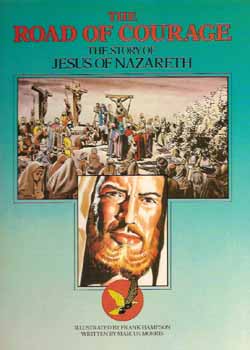 Â
Â
By Frank Hampson with Marcus Morris (Dragon’s Dream)
ISBN: 90-6332-801-X
The treatment of writers and artists in our business has historically been pretty appalling. That’s why the Comics Creators Guild exists (www.comicscreatorsguild.co.uk) under whose auspices you’re reading this page. This isn’t the place to discuss the situation that lead to Frank Hampson leaving the industry at the height of his powers, nor the shabby way he was dealt with. This is about the last work he produced for the magazine he will always be revered for.
Succinctly then: by creating Dan Dare Hampson revolutionised British comics. By the end of the 1950s he was a national treasure and hot property, leading to a highly seductive offer to leave Eagle and begin a new comic, Bulldog, for a rival company. Eagle founder Marcus Morris brokered a deal that kept Hampson with Eagle, allowing the publisher Edward Hulton to sell up to Odhams Press. Although promptly reneging on much of the deal, the new owners did allow Hampson to drop Dan Dare – a venture that was crippling the artist through overwork – to work on a proposed single page per week serial.
That strip was the lavish and beautiful ‘The Road of Courage – The Story of Jesus of Nazareth’. It was an obvious labour of love, scripted by fellow publishing pioneer Marcus Morris, the clergyman who had first come up with the concept of a high-quality, uplifting boy’s comics. Their swan song was to prove a magnificent, if troublesome, masterpiece of graphic narrative.
Designed to run for approximately one year and conclude in the Easter 1961 edition of the Eagle, the strip ran fifty-six instalments. From the announcement of a Census in Judaea to the evening of the first Easter Sunday when Jesus reappears to his disciples and sets them on their mission, readers marvelled at the brilliant depiction of battles and miracles. Although uplifting was the goal, neither creator forgot that boys want action and adventure in their comics. It highlighted events from the life of the Messiah in captivating colour and detail, although from a strongly traditional English perspective, so a little latitude might be necessary when reading with twenty-first century eyes. This slim large album is a vibrant testament to the dedication, power, and sheer artistry of Frank Hampson.
I can only assume that the religious content has held it back in contemporary artistic re-evaluations, because in terms of staging, drama and graphic-realism, only Don Lawrence’s Trigan Empire (and perhaps Storm) come anywhere near it for pictorial and narrative quality.
Meanwhile, over that turbulent year, Odhams became Longacre and by March 1961 had been bought by the Mirror Group to become I.P.C., and with each change came more indignity, chicanery and abuse. Hampson, a dedicated, hard-working professional, had completed his work in plenty of time and as the take-over knives were flashing, he took a two month vacation with his accumulated leave time. When he returned it was to blatant hostility and a legal action as the Mirror Group sued him for breach of contract and his next seven strip ideas. His hard-fought contract was terminated a full year early. (If you wish to know more about the story behind the story, look up The Lost Characters of Frank Hampson on your favourite search engine).
Most of the players in the drama are gone now, but the work remains, and I believe that the ultimate victory always belongs to the talented people who produce such memorable classics. So the sooner this glorious tale is back in print the better.
© I.P.C. Magazines Ltd 1981. All Rights Reserved.

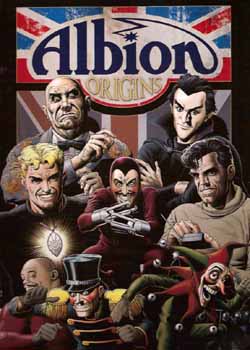 Â
 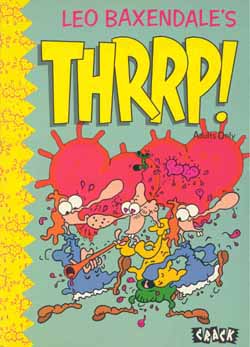 Â
 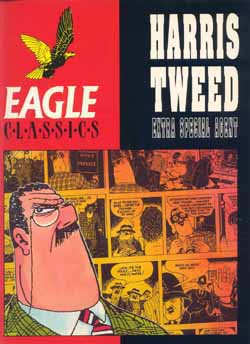 Â
 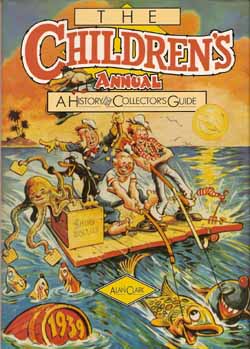 Â
 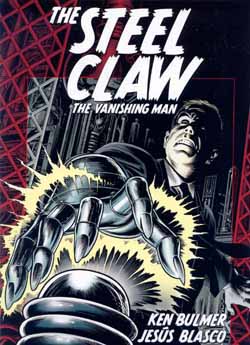 Â
 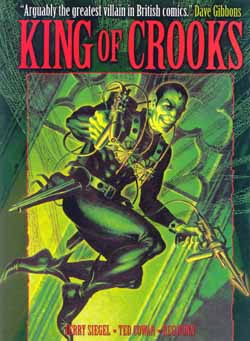 Â
 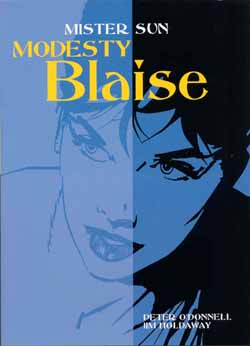 Â
 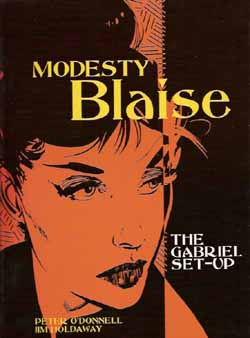 Â
 